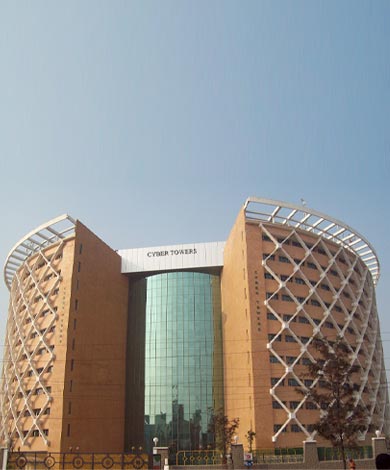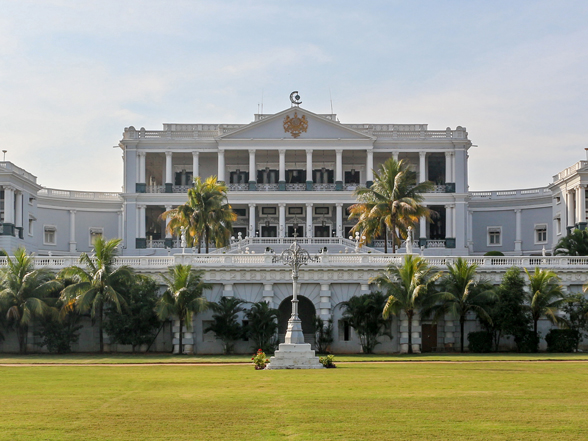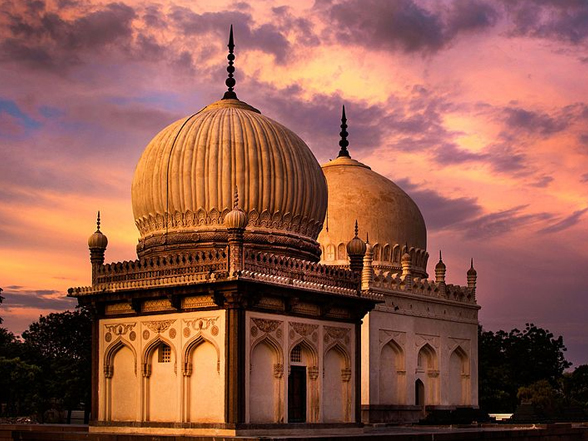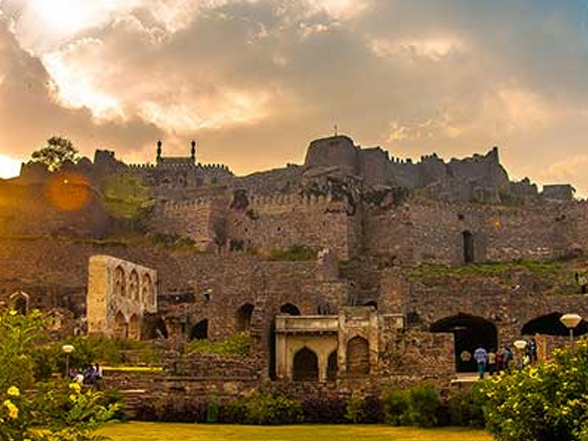About Hyderabad
- Hyderabad is the capital of the southern Indian state of Telangana and de jure capital of Andhra Pradesh.
- Occupying 625 square kilometres (241 sq mi) along the banks of the Musi River, it has a population of about 6.8 million and a metropolitan population of about 7.75 million, making it the fourth most populous city and sixth most populous urban agglomeration in India.
- At an average altitude of 542 metres (1,778 ft), much of Hyderabad is situated on hilly terrain around artificial lakes, including Hussain Sagar—predating the city's founding—north of the city centre.

About Hyderabad
- Established in 1591 by Muhammad Quli Qutb Shah, Hyderabad remained under the rule of the Qutb Shahi dynasty for nearly a century before the Mughals captured the region.
- In 1724, Mughal viceroy Asif Jah I declared his sovereignty and created his own dynasty, known as the Nizams of Hyderabad.
- The Nizam's dominions became a princely state during the British Raj, and remained so for 150 years, with the city serving as its capital.
- The city continued as the capital of Hyderabad State after it was brought into the Indian Union in 1948, and became the capital of Andhra Pradesh


- Relics of Qutb Shahi and Nizam rule remain visible today, with the Charminar—commissioned by Muhammad Quli Qutb Shah—coming to symbolise Hyderabad.
- Golconda fort is another major landmark.
- The influence of Mughlai culture is also evident in the city's distinctive cuisine, which includes Hyderabadi biryani and Hyderabadi haleem.
- The Qutb Shahis and Nizams established Hyderabad as a cultural hub, attracting men of letters from different parts of the world.
- Hyderabad emerged as the foremost centre of culture in India
- Hyderabad was historically known as a pearl and diamond trading centre, and it continues to be known as the City of Pearls.
- Many of the city's traditional bazaars, including Laad Bazaar, Begum Bazaar and Sultan Bazaar, have remained open for centuries.
- However, industrialisation throughout the 20th century attracted major Indian manufacturing, research and financial institutions, including Bharat Heavy Electricals Limited, the National Geophysical Research Institute and the Centre for Cellular and Molecular Biology.
